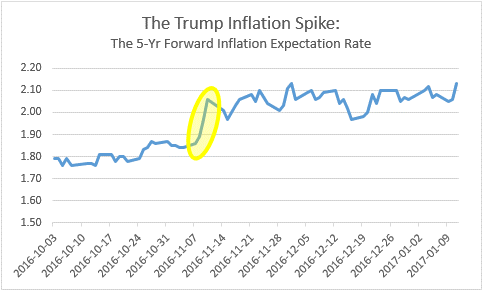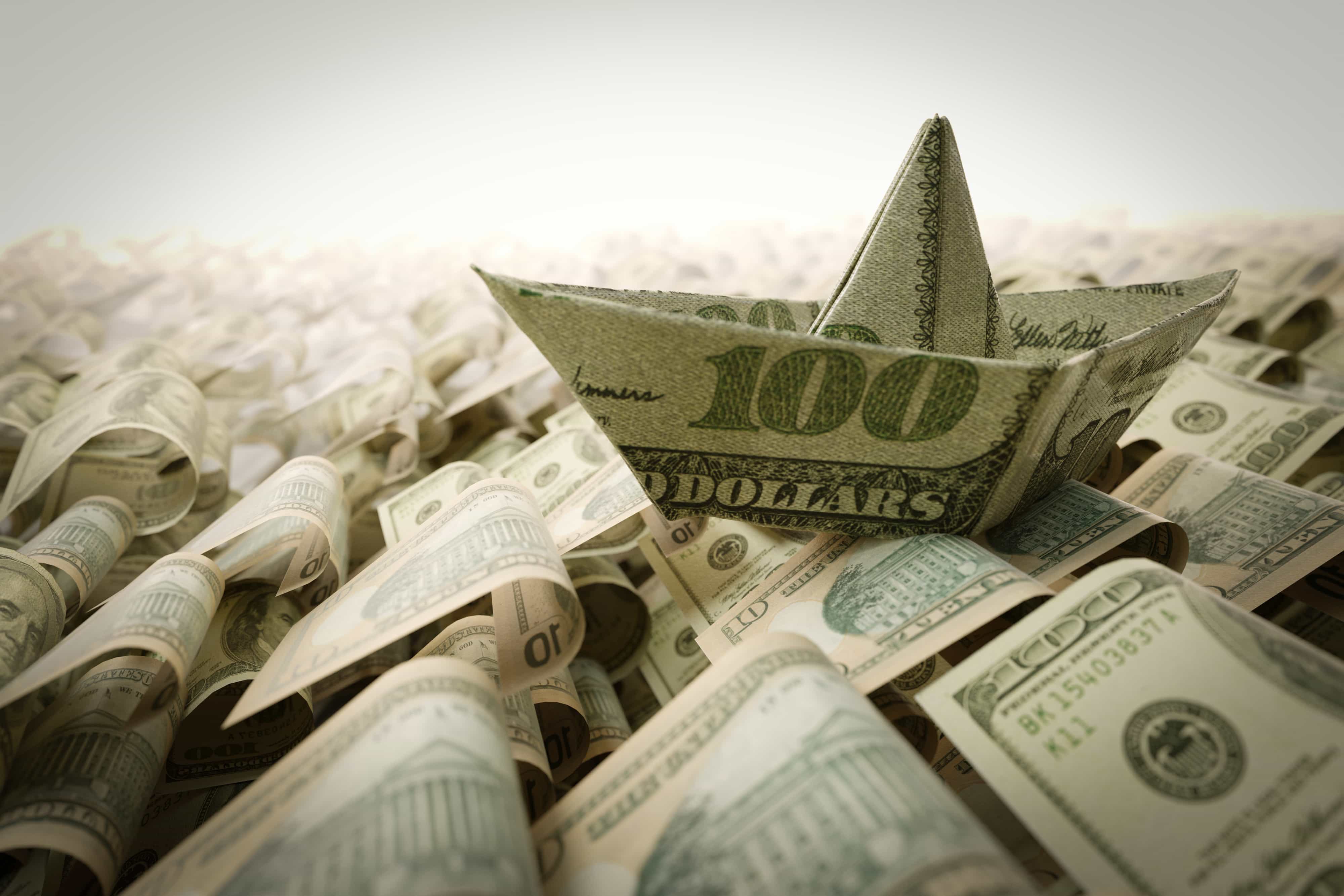Lady Yellen and the Yellenettes announced their latest decision on interest rates today.
Given how young the Trump administration is — and how aggressive the new prez already is at attacking global economic norms — it’s not surprising the Fed decided to sit on its hands this month and allow Trump’s actions to begin to percolate through the economy and the financial markets.
As for the rest of the year … well, that’s a different story.
I have been saying since May 2012 that the Fed has no room to raise rates meaningfully until later this decade — and so far that was the right stance to take. But that was in a normalized world of status quo politicians steered by status quo academic economists who believe in global trade and America’s role as a global citizen.
What we have now is a black swan president steered by economists and others who hold unconventional views of economic policies and an isolationist, “America First” view of our place in the world.
And in that environment, everything changes. It is an environment that screams: “Buy gold!”
The Road to Inflation
Immediately following Trump’s November victory, five-year forward inflation expectations spiked, as you can see in this chart from the St. Louis branch of the Fed:

The reason has everything to do with Trump’s economic agenda, which he has already started to pursue.
I had several friends comment to me in the days following the inauguration that they were surprised to see Trump actually pursue some of the items he laid out on the campaign trail. They figured he’d said what he’d said simply to win votes. I reminded them, as I’d been telling them since November’s election, that Trump feels he has a mandate from the people — and that he must live up to the expectations of his voters by making good on his claims that he alone can make America great again.
And that means imposing tariffs on foreign-made goods, labeling China a currency manipulator and tearing apart or abandoning existing trade pacts.
Each of those is inflationary.
Slapping tariffs of as much as 35% on products from Mexico and 10% on products from the rest of the world means, by common-sense extrapolation, that prices for those products rise for American consumers. Prices for similar items made in America will rise, too, since U.S. manufacturers will see the chance to boost profits.
That’s inflation.
Labeling China a currency manipulator allows the Trump administration the cover it seeks to raise tariffs on Chinese goods by 45%.
Again, inflation.
Tearing apart trade deals? That will give the Trump administration the ability to, it hopes, bring manufacturing jobs back to America. But America is a high-cost center of manufacturing, which is quite the problem for a country that is accustomed to everyday low prices at places like Wal-Mart, Dollar General and elsewhere. As the cost of manufacturing goes up, so, too, do the prices American consumers must pay.
That’s inflation, once more. (And if manufacturing jobs do lead to higher wages, well, that’s inflation as well — though the higher wages will simply cover the higher costs of living, so consumers won’t really advance economically.)
And we haven’t even touched on the administration’s plans to spend upward of $1 trillion on infrastructure. Whether those dollars come by way of direct government spending or as tax credits that go to businesses (but which still cost the taxpayer), it’s still inflationary.
Nor have we mentioned the likelihood that the Federal Reserve raises interest rates multiple times this year, possibly more than expected because of the inflationary impulses injected into the economy by way of Trumponomics. Those higher interest rates will raise the cost of living for consumers, given that, as a country, we’re back to $1 trillion in credit card debt, and we’re increasingly relying on home equity loans and whatnot to keep up with our aspirational living.
So, pretty much everything in a Trumpian economy leads us down a path toward inflation. And that has to lead us on a path toward gold.
Your Inflation Hedge
Gold has effectively gone nowhere over the last three years, bouncing around generally between $1,100 and about $1,350 per ounce. Today, it’s around $1,200, and a number of commentators say the metal is all but dead, probably on its way to a few hundred dollars an ounce, they surmise.
How can that be, I have to wonder.
If we are, in fact, moving into an inflationary environment — as Trumponomics and Fed rate movements suggest — then hard assets such as gold and industrial metals will be beneficiaries.
Moreover, if inflation causes knock-on problems (such as the rise of bond vigilantes who will sell off U.S. debt, forcing rates higher, as a way to compel the government to address the egregious size of our federal debt), gold will be a huge winner amid the fear trade.
So it is, then, that from where I’m sitting, gold has favorable winds blowing into its sails in Trump’s world. It will prove to be both a good investment at these levels, as well as an insurance policy that will protect your assets against inflation (or a plentitude of black and gray swan possibilities that now exist in D.C., Brussels, Beijing, Tokyo and a handful of emerging markets).
The easiest way to buy physical gold is through EverBank’s automatic gold purchase plan. For as little as $100 a month, EverBank will automatically steer some of your wealth into monthly gold purchases that are pooled with other gold buyers. It’s like having a gold savings account that quietly and efficiently builds up a stash of gold for you. (We do have a marketing arrangement with EverBank, but I would never recommend a product I didn’t believe in, regardless of marketing — and I have several EverBank accounts personally.)
Once inflation makes the nightly news reports — and I am confident it soon will — average Americans will begin moving into gold to protect their wealth.
Our best strategy is to be early to that party and buy gold now, and then wait for the others to arrive and push the price higher with their buying.
Until next time, good trading…

Jeff D. Opdyke
Editor, Total Wealth Insider









